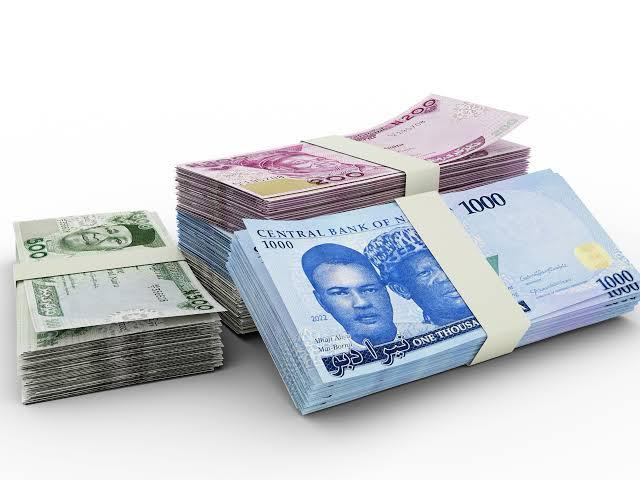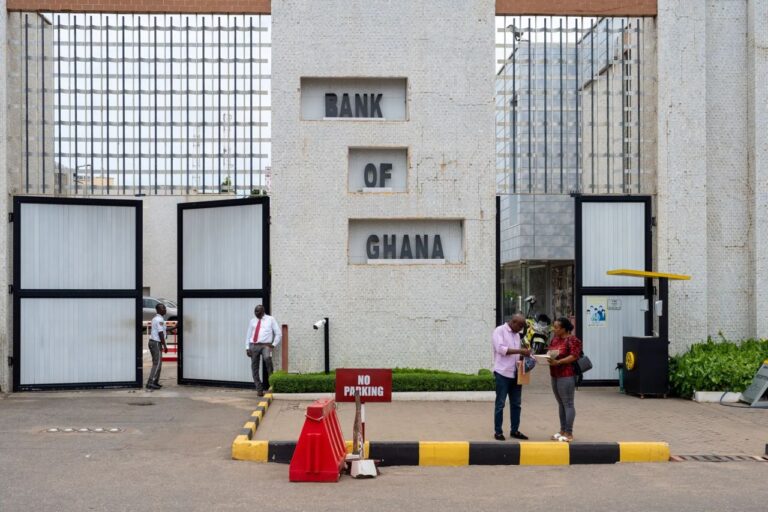The Organization of Petroleum Exporting Countries (OPEC+) alliance has approved a modest increase in oil production for November, adding 137,000 barrels per day (bpd) to global supply in a carefully calculated move designed to reclaim market share without triggering a sharp decline in crude prices.
Key decisions, made by eight members—Saudi Arabia, Russia, Iraq, the UAE, Kuwait, Kazakhstan, Algeria, and Oman—followed a virtual meeting on Sunday. It continues the group’s ongoing strategy of gradually unwinding previous voluntary production cuts amid a cautious outlook on global oil demand.
The restrained increase had an immediate, if temporary, stabilizing effect on volatile crude markets. In early Asian trading on Monday, oil prices surged by approximately 1.5%, rebounding after suffering their steepest weekly losses in nearly three months:
• Brent Crude futures climbed to around $65.45 per barrel.
• WTI Crude futures rose to about $61.78 per barrel.
The price surge was largely attributed to the decision being smaller than the expected large hike, easing immediate fears of a massive global supply.

However, the price gains are expected to be constrained by broader concerns, including sluggish global demand and projections of sizable surpluses in the fourth quarter of this year and in 2026.
OPEC+ 137,000 bpd adjustment for November mirrors the increase implemented in October and is part of the phased return of 1.65 million bpd in voluntary cuts announced in April 2023.
In its official statement, the Organization of the OPEC cited a “steady global economic outlook and current healthy market fundamentals, as reflected in the low oil inventories” as the justification for the hike.
However, the decision represents a delicate compromise, particularly between the alliance’s two most influential members:
Saudi Arabia had reportedly favored a more aggressive increase—potentially double or triple the final figure—to accelerate its goal of regaining market share from rival non-OPEC producers like the United States, Brazil, and Guyana.

Meanwhile, Russia, constrained by sanctions and upstream challenges, advocated for the more modest increase, prioritizing price stability to support its state revenues.
Analysts noted that the increase was significantly lower than pre-meeting market rumors of a potential 500,000 bpd hike, a scenario that had caused recent price volatility.
The November increase is a continuation of a major strategic shift for OPEC+. After years of deep, market-supportive production cuts that peaked at 5.85 million bpd, the coalition has now added over 2.7 million bpd back into the market over the past year.
This pivot aims to reassert the group’s influence by boosting supply to capture market share, even as global oil demand forecasts remain modest. The International Energy Agency, for example, expects consumption to rise by only 700,000 bpd between 2025 and 2026.
Despite the collective decision, delegates noted that the actual oil supply increase in November may fall short of the 137,000 bpd headline figure due to ongoing commitments by some members to compensate for past overproduction and to address technical and logistical bottlenecks in some countries.













